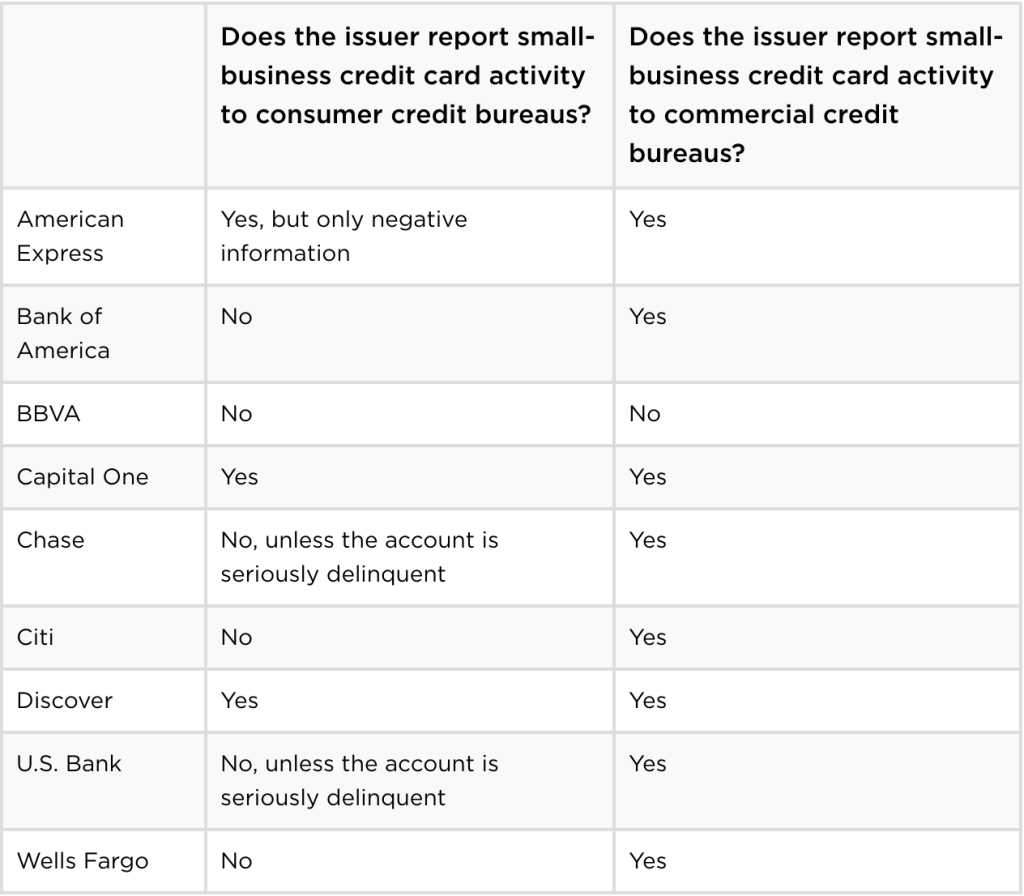
Time series evolution of credit scores is a great tool to understand the effects of removing certain credit characteristics or adding them. These credit characteristics can have a significant impact on a person's credit score. The article also discusses the Effects of dropping certain credit characteristics and the effect of high-cost credit on credit scores.
Time series evolution of credit scores
Many credit decisioning models use time series data. These data help lenders assess the risk of a consumer's credit by tracking how they pay their bills over time. Lenders may be able to see more detail about borrowers' past history of late payments by using time series data from credit card balances.
Although this data can be positive, it may also indicate a downward trend. This is especially true of consumers in lower risk segments and lower scoring. Recent declines of hard credit inquiries may be due in part to consumer's renewed focus on reducing debt and spending.

The impact of dropping credit characteristics related to groups
One study evaluated the effects of removing related credit characteristics from credit scores. The average credit score was able to be lowered by 2.5 points or approximately one-fifth. These changes were greater for those with lower credit scores than for those with higher credit scores.
A single credit score characteristic that is not included in the black average score has very little effect. The largest increase in black credit score was only 0.1 point. This small change can be attributed to the high correlation between these characteristics and the scoring model. These differences held across all three scorecards.
Effects of adding other characteristics
Traditionally, analysis of credit scores has only examined the effects of a single characteristic, such as age. While it is difficult to know the effects of adding more characteristics, they may have a significant impact on the model. The model for each scorecard was reevaluated with the additional characteristic. It was then compared to the FRB base modeling.
While the addition of race or ethnicity did not change the mean score, the inclusion of those characteristics would have an effect on the predictive value. These attributes could be dropped, which would lead to a decrease in model predictiveness.

High-cost credits have negative consequences
There are several reasons why taking on high-cost debt can negatively affect a credit score. It sends lenders a message that the borrower poses a risk to their credit. A second consequence of high-cost borrowing is more defaults. This can have negative financial consequences for the overall financial picture. High-cost credit can have a negative impact on the borrower's social standing.
High-cost credit can reduce the demand for standard sources of financing and can restrict future access to those sources. The second is that high cost credit leads borrowers to select high-cost debt, which is more risky. This may be a good option for short-term financial problems, but it can also limit the availability of traditional sources of financing.